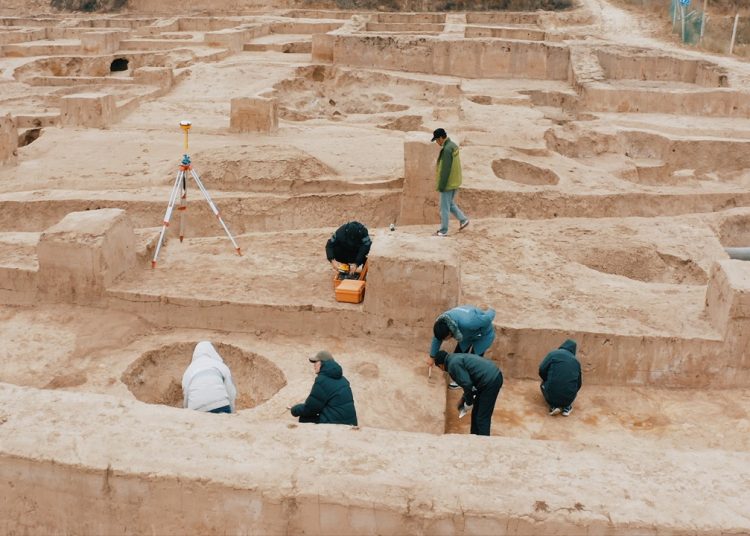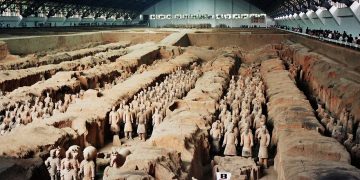Unearthing the Past: The Fascinating World of Excavations
Excavations are a crucial aspect of archaeology, helping researchers uncover the mysteries of the past. From ancient civilizations to prehistoric sites, excavations provide valuable insights into human history. In this article, we will delve into the world of excavations, exploring the process, tools, and significance of these archaeological endeavors.
The Process of Excavations
Excavations involve the systematic digging and exploration of archaeological sites to uncover artifacts and structures buried beneath the surface. The process typically begins with a survey to identify potential sites of interest. Once a site is selected, archaeologists carefully plan the excavation process, taking into account factors such as the site’s size, depth, and historical significance.
Excavations are carried out using a variety of tools, including trowels, brushes, shovels, and sieves. Archaeologists work layer by layer, documenting each find and recording its location within the site. This meticulous approach ensures that valuable information is not lost during the excavation process.
The Significance of Excavations
Excavations play a crucial role in piecing together the puzzle of human history. By uncovering artifacts, structures, and other remains, archaeologists can learn about the lifestyles, beliefs, and technologies of past civilizations. Excavations also help researchers understand how societies evolved over time and how they interacted with their environment.
One of the key benefits of excavations is the preservation of cultural heritage. By carefully documenting and preserving artifacts, archaeologists can ensure that important pieces of history are not lost to decay or destruction. Excavations also provide valuable data for researchers studying a wide range of topics, from ancient trade routes to the origins of agriculture.
Common Questions About Excavations
What is the difference between excavation and exploration?
Excavation involves the systematic digging and exploration of archaeological sites to uncover artifacts and structures. Exploration, on the other hand, refers to the initial survey and assessment of potential sites before excavation begins.
How do archaeologists determine where to excavate?
Archaeologists use a variety of methods to identify potential excavation sites, including remote sensing techniques, aerial photography, and ground surveys. They also take into account historical records, geological data, and local knowledge to pinpoint areas of interest.
What happens to artifacts after they are excavated?
After artifacts are excavated, they are carefully cleaned, cataloged, and analyzed by archaeologists. They may be displayed in museums, stored in research facilities, or returned to their country of origin, depending on their cultural significance and legal status.
Conclusion
Excavations are a vital part of archaeology, allowing researchers to uncover the mysteries of the past and preserve our cultural heritage. By carefully planning and executing excavation projects, archaeologists can gain valuable insights into the lives of ancient civilizations and the evolution of human societies. Whether exploring a prehistoric site or unearthing the ruins of a lost city, excavations continue to fascinate and inspire us with their discoveries.
Overall, excavations are a window into the past, offering a glimpse of the people and events that shaped our world. As we continue to unearth the secrets of ancient civilizations, we gain a deeper understanding of our shared history and the legacy of those who came before us.












